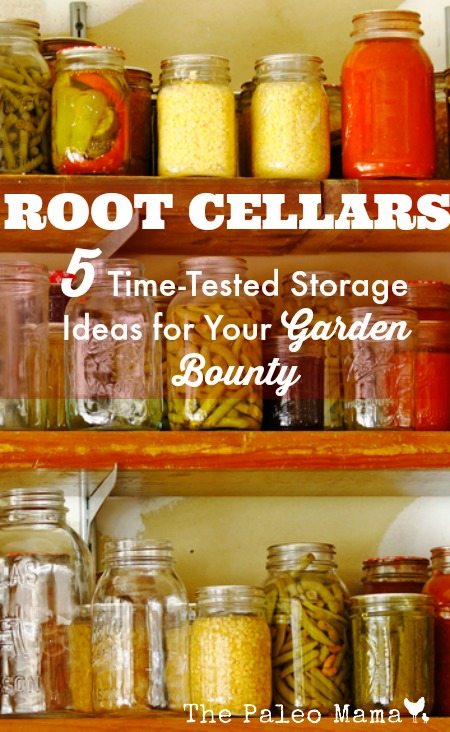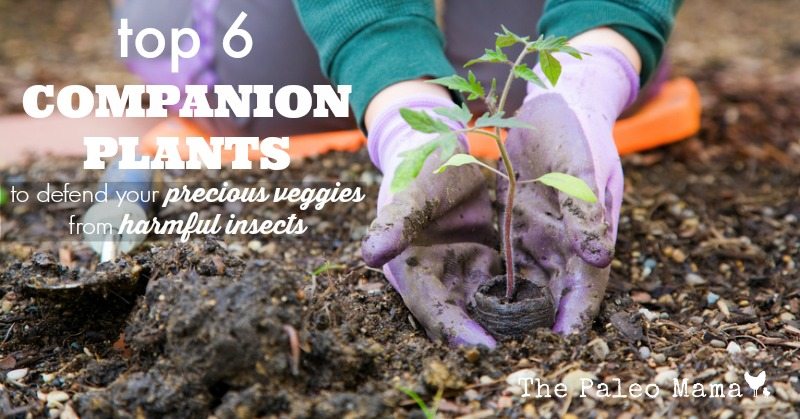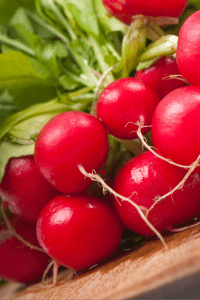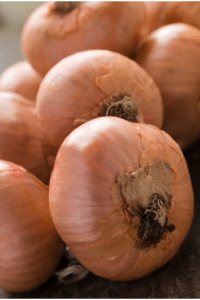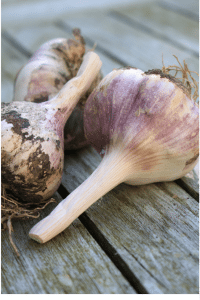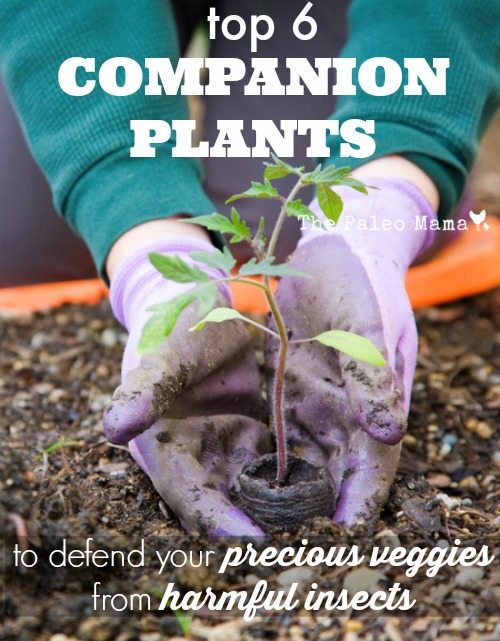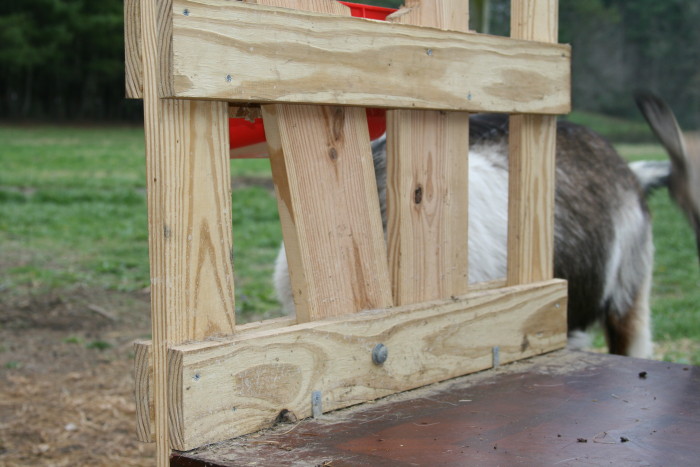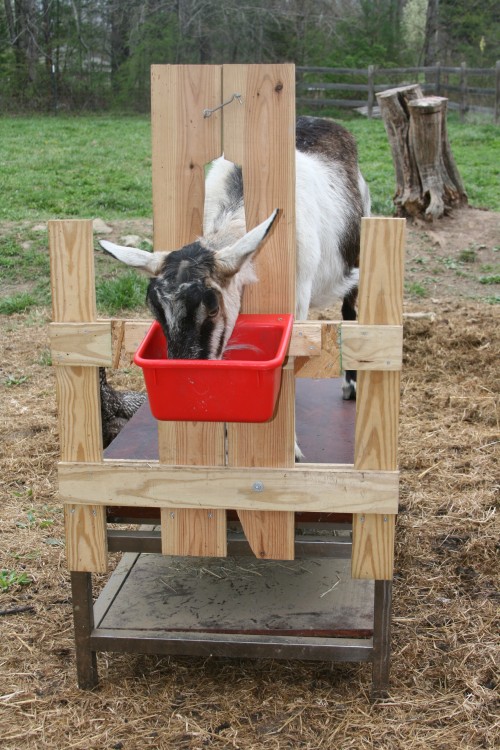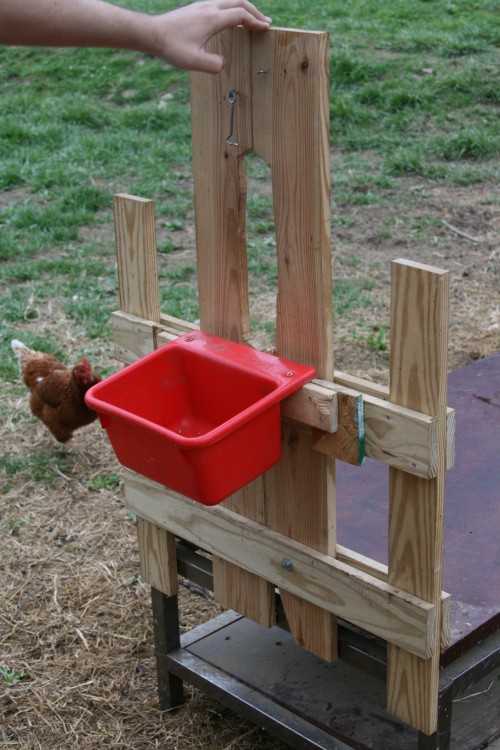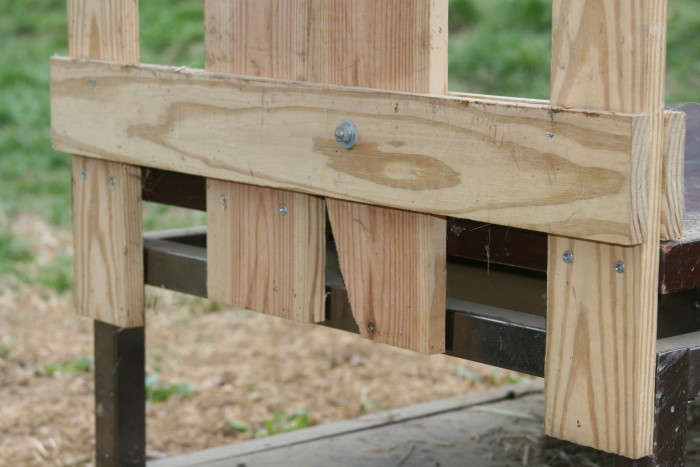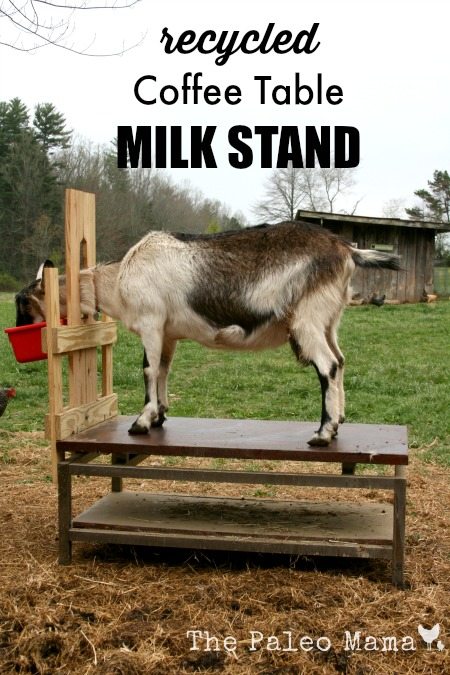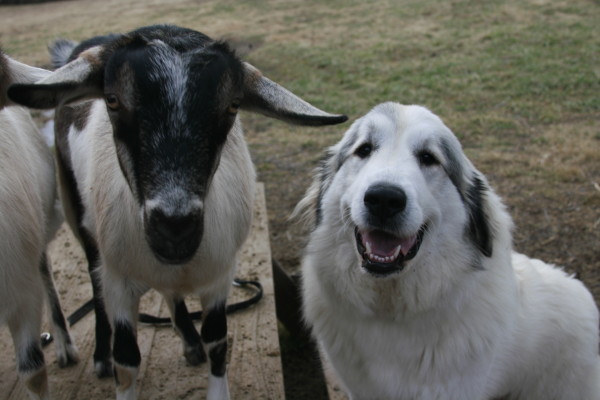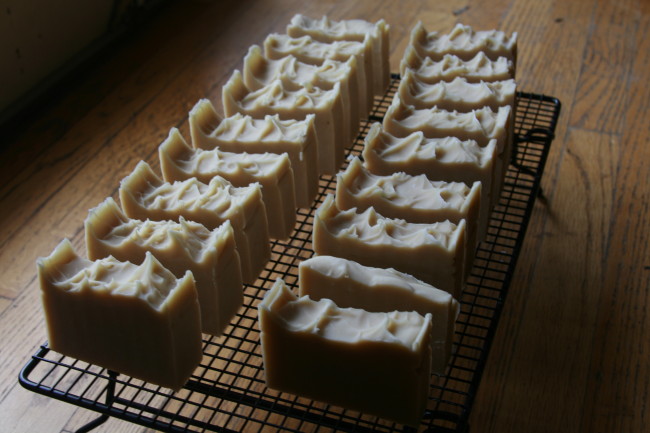There are many people today who are talking about the importance of storing enough food to feed your family for a year. TV talk show host Glenn Beck has said that he feels “it is critical for Americans to be ready for whatever life might throw their way. He and fellow Fox News host Sean Hannity are promoting a program from which you can purchase kits containing survival food for yourself or your entire family—however it will cost you thousands of dollars.
Nearly everyone we know is not prepared to pay that kind of money to stockpile food for an emergency, even one lasting as long as 12 months. But we have begun to feel the urgency of having such a plan, and are starting to take “baby steps” toward the goal of just such a stockpile of food for our family. In this post we want to share with you some of the things we have discovered that will help us to reach that goal eventually. We are much more interested in economical ways that promote the possibility of developing the ability to grow, harvest, and prepare for storage many of the foods we would need. And we are discovering great recommendations for how to economically purchase those we cannot produce ourselves. In this blog post, we want to share five factors about stockpiling food that may be important for you to consider also.
5 Factors About Stockpiling Food That is Important for You to Consider
1. Why consider preparing a one-year supply of emergency food?
The current world situation is, at best, unstable and scary! All it would take for our grocery stores to have empty shelves is a shortage of fuel, economic collapse, wide-spread electronic power failure, civil unrest or devastating natural disasters. In addition to these big considerations, maybe you haven’t noticed how expensive a trip to the grocery store is becoming.
It is our desire to begin growing most of our own food, and preserving and storing it in our root cellar or other storage areas. Living without our weekly or monthly trips to the grocery stores sounds wonderful, but it is important to remember that being in charge of our own pantry is time-consuming and needs to be carefully organized. For example, I love making goat cheese for my family, but it takes a whole lot more time to do that than a quick trip to pick up cheese from the grocer.
2. How much food will it take to feed my family for a year?
Our family will need to figure out exactly how much food we need to store to feed two adults and two children (and a myriad of farm animals) for a year. No two households will have the same food preferences, living arrangements, or dietary needs or restrictions. If we really are anticipating some kind of emergency that could end all grocery purchases for a year, then we need to be including the household supplies, medicine, personal care, and food preparation tools I’ll need to be using. This post will not address those additional supplies, but you should do your own research to discover what these are. Be sure that you are cataloging your favorite recipes along with your master list of foods.
A simple but effective way of figuring out your family’s food needs is to carefully compile a list of all food (including spices, sauces, or other recipe items) your family eats in one week. Then you can multiply that by 12 to make your list for three months, and again my 4 to arrive at a total for a year.
There are some food storage calculators available online to help you figure out the exact quantities you need to be considering of some food items. Here’s one that is great, but keep in mind this is a basic one that is NOT made of real food, but instead, highly processed.
On your master list, you will need to include food items in the following categories:
- Meat (protein sources)
- Vegetables and fruits from your own home-grown garden
- Additional fresh or frozen food from the grocery store
- Dairy (or your Paleo dairy substitutions like cans of coconut milk)
- Condiments, sauces and jellies
- Pantry mainstays (vinegars, oils, Almond butter, spices, etc.)
- Probable non-Paleo items such as beans or lentils, nuts and seeds (because let’s face it, in a crisis, eating beans and lentils is OKAY)
- Baking supplies and natural sweeteners. Honey can last up to 10 years if stored properly
- Water and other drinks supply
CLICK HERE to go to my follow up post and see how to spend $10 to build up your emergency paleo food storage.
3. How much will it cost, what storage space will I need, and what kind of containers do I need to store my food?
There are examples online of several people who recommend starting your food storage plan with just $10 per week. Others have written about their one-year storage food, which cost in the neighborhood of just $300. Considering the fact that many of us spend an average of $100 for just one-week’s supply of food, $300 for an entire year is mind-boggling. You can begin with the simple step of picking up a few extra items each time you head to the store.
If you are allowing yourself about $10 a week to accumulate your non-homegrown food items, you will want to decide in advance what extra items you’ll pick up. Be sure you are watching for sales (such as seasonal sales and holiday sales), and researching opportunities through co-ops, farm stands, and local farmers. Don’t forget to date each item before adding it to your storage.
You will want to get creative with where you keep your food storage. The ideal space would be a root cellar , but we’ve heard of people who keep things stored under a bed, in an extra closet, or in an unused room in the basement. The key is to keep all foods in a space that is clean, dry, and low in humidity.
There are many food grade storage containers that can be used for long-term food storage. These include:
Each of these type containers are good for most dry foods. Remember that you must store dry foods without any moisture. Think about the BPA-free plastic bottles that you can recycle for food storage. Use only plastics that contained food. Also consider getting recycled empty plastic buckets from your local grocer or bakery store. Most bakeries have 3-gallon buckets, which will be much easier to move around than the 5-gallon buckets. Be sure that your buckets have a tightly fitting cover. There are also many glass jars that make great storage containers, including the canning jars you will be using. Don’t forget the number 10 can, which can keep foods fresh and rodent and bug proof for several years. To assure that your storage containers are airtight and pest free, you can use mylar bags, foil pouches, and oxygen absorbers.
4. How do I preserve my home-grown harvested food to keep for at least one year?
Another important step for you to take is to learn how to preserve your home-grown food supplies by canning, freezing, freeze-drying, or safely storing in your designated root cellar or food storage location.
Canning and preserving can go a long way towards filling up your master list of foods to store for one year. It will also ensure that you are using your home-grown bounty in the most economical way. As I mentioned earlier, you should have first carefully planned for what you wanted to grow in your garden, and how much food it will take to feel your family for a year. Now figure out the approximate number of pounds of food you will harvest, and calculate how many pounds of each fruit or vegetable per quart jar. (Two links that can help you with this are HERE and HERE.)
There are several different methods you can use to preserve your garden bounty for storage. There are also many, many websites that can help you learn the methods of preserving your food. I’m listing some of these below with one link you can use to begin learning how to use each one.
- Water Bath Canning
- Pressure Canning
- Freezing
- Dehydrating
- Preserving Jams and Jellies
- Step-by-step pickling
- Lacto-fermenting
Your master list should also include the type and quantity of livestock or poultry you need to have to add to your food storage. If you raise your own livestock or poultry, determine how much butchering you will need to do. (If you do not raise your own livestock and poultry, research your options for purchasing this economically from local co-ops, butchers, or local farmers.)
Much of your livestock and poultry can be frozen and stored in a freezer. But there are other ways to preserve meat that you could use also. Some of these are:
- Canning
- Curing
- Smoking
- Dehydrating
- Biltong (marinating meat in a vinegar solution and then rubbing it with a spice mix)
5. Most importantly, how can I be sure I’m storing food that will support my grain-free, dairy-free, preservative-free natural, Paleo lifestyle?
One of the first things to consider is to begin your food storage efforts at the start of your gardening an growing season, and to end at the time of your last garden harvest. You need to be sure you are growing the foods that fit your Paleo or gluten-free lifestyle, and that are the actual foods your family will enjoy.
In a food storage plan for a year, it may be difficult to store only foods that are 100 percent Paleo or Gaps approved. I know for our family we are already only about 80 percent Paleo, and I would consider storing some non-Paleo items like grain-free seeds, Quinoa, and other grain-free things like sprouted amaranth, buckwheat or millet. I would also be willing to store beans and lentils as a protein source.
Other grain-free supplies could include:
- Almond and Coconut flours (but keep in mind that if we were in an emergency situation, you won’t see me making baked Paleo goods)
- Chia seed
- Flaxseed
- Cooking staples like Almond and Coconut Milk, oils, Ghee (shelf stable form of butter)
- Flavor enhancers like Cocoa powder or chocolate, coconut shreds, and extracts
- Nuts and seeds, including nut and seed butters
Our family purchases most of our food in bulk and we are gradually building our one-year stockpile by purchasing items we need from Azure Standard. Check to see if Azure delivers to your area!
Make a decision to start now
This has been a longer blog post, but one we hope has whet your appetite for researching and preparing to gather and store some food supplies that will be available to you for a protracted period of time if necessary. If Old Mother Hubbard had done her research and prepared a food storage plan for her family, she would not have had a cupboard so bare there was not even a bone for her dog.
Remember these two cardinal rules for successful food storage:
- Store what you eat and eat what you store.
- Rotate, rotate, ROTATE!
By developing your master plan, and being willing to make a moderate investment of time and effort, you will have a successful food storage program for eating in good times or bad.
Be sure to check out the follow-up post to this on how you can store a year’s worth of food for your family on only $10 a week!
Resources:
- https://billyandanuttama.wordpress.com/2010/12/07/how-to-have-a-years-worth-of-food-stored-what-to-store-and-why-you-should-do-it/
- https://www.thekitchn.com/how-to-start-a-food-storage-on-138765
- https://lds.about.com/library/bl/faq/blcalculator.htm
- https://pubs.ext.vt.edu/426/426-331/426-331_pdf.pdf
- https://www.oldfashionedfamilies.com/how-much-canning-do-you-need-for-a-full-year/
- https://www.granny-miller.com/use-this-tool-to-help-plan-a-years-worth-of-food-supplies/
- https://modernsurvivalblog.com/survival-skills/old-methods-of-meat-preservation/
- https://www.rodalenews.com/grain-free-shopping-list
- https://www.backwoodshome.com/articles/hagan59.html
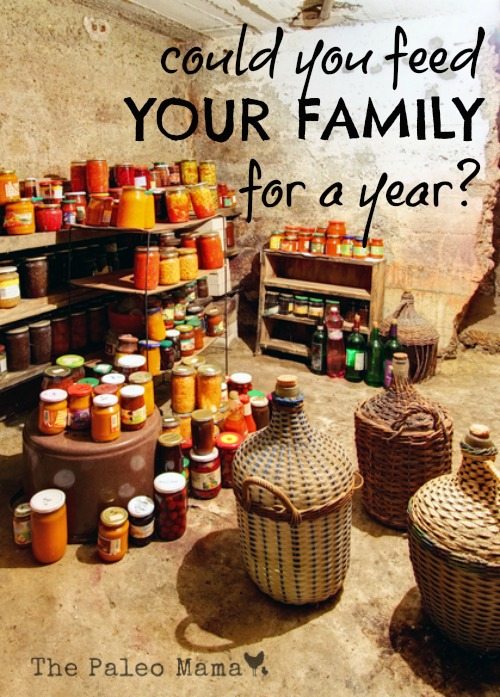
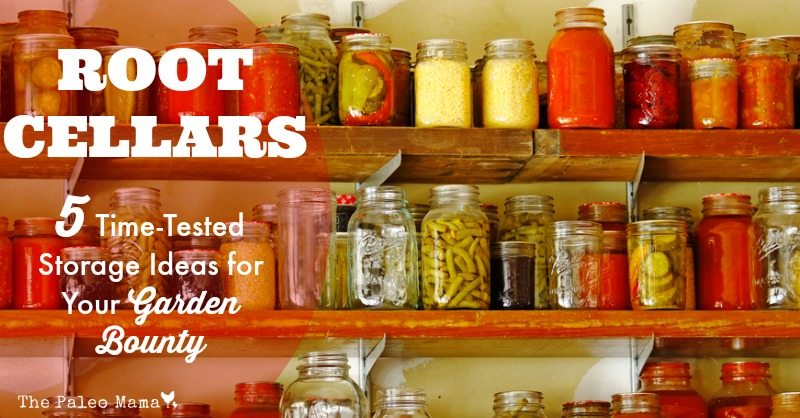
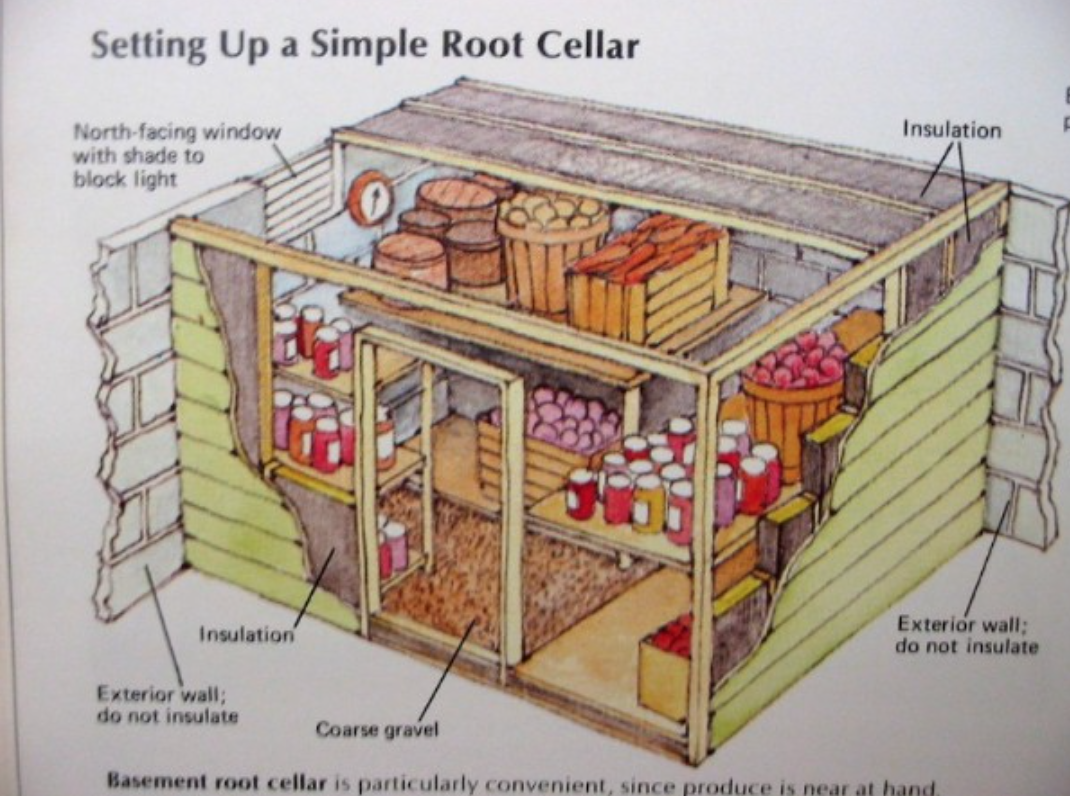 Root cellar designs run the gamut from rough and rugged to designer worthy. Some ideas that are inexpensive but useful include:
Root cellar designs run the gamut from rough and rugged to designer worthy. Some ideas that are inexpensive but useful include: